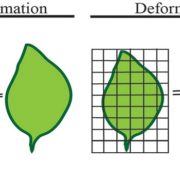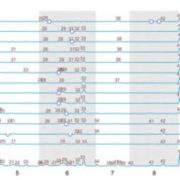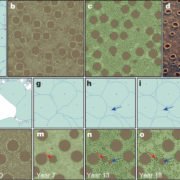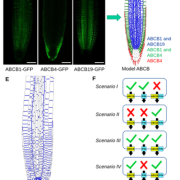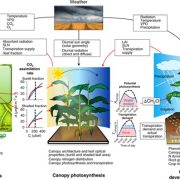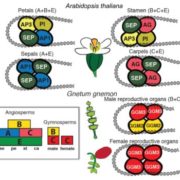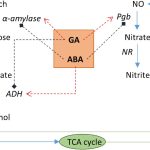Machine learning algorithms predict soil seed bank persistence from easily available traits (Appl. Veg. Sci.)
 Knowing whether a given plant species forms a persistent soil seed bank is essential to understanding its ecological dynamics, yet soil seed bank studies are both labor-intensive and time-consuming. One could argue that models should help predict this. Still, seed persistence in the soil is shaped by multiple plant and environmental characteristics, so conventional statistical methods might not suit the task. Fortunately, Rosbakh, Pichler and Poschlod show us that machine learning approaches are up to the challenge. Their machine learning model (i.e., random forest) outperformed the traditional, generalized linear model when predicting the type (persistent vs. transient) and density (seeds/m2) of the soil seed bank. Moreover, the machine learning approach retained high predictive power with just a few easily measurable variables, such as site temperature and seed mass. In fact, it recovered several interactions between seed persistence and environmental and plant characteristics previously described in the literature. As a result, this research outlines a promising tool for increasing our knowledge about soil seed banks, especially in areas with limited resources. (Summary by Carlos A. Ordóñez-Parra @caordonezparra) Appl. Veg. Sci. 10.1111/avsc.12660
Knowing whether a given plant species forms a persistent soil seed bank is essential to understanding its ecological dynamics, yet soil seed bank studies are both labor-intensive and time-consuming. One could argue that models should help predict this. Still, seed persistence in the soil is shaped by multiple plant and environmental characteristics, so conventional statistical methods might not suit the task. Fortunately, Rosbakh, Pichler and Poschlod show us that machine learning approaches are up to the challenge. Their machine learning model (i.e., random forest) outperformed the traditional, generalized linear model when predicting the type (persistent vs. transient) and density (seeds/m2) of the soil seed bank. Moreover, the machine learning approach retained high predictive power with just a few easily measurable variables, such as site temperature and seed mass. In fact, it recovered several interactions between seed persistence and environmental and plant characteristics previously described in the literature. As a result, this research outlines a promising tool for increasing our knowledge about soil seed banks, especially in areas with limited resources. (Summary by Carlos A. Ordóñez-Parra @caordonezparra) Appl. Veg. Sci. 10.1111/avsc.12660


